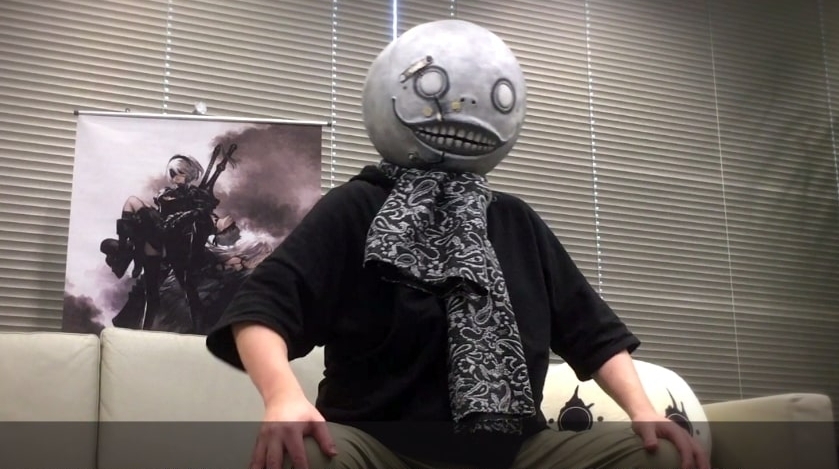A look at the most-attempted failed logins on the site is a pretty good indicator of the need to basically never use default usernames in your application:

Two of the top three were “admin”-type usernames which aren’t even configured in this WordPress install. Funny how that works. Anyways, Wordfence is nice. If someone got my actual username and password, which would be a trip because even I don’t know what the password is (because it’s a randomly generated value saved in password manager) they’d still get stuck on the two-factor authentication and not be able to sign in anyway. Exciting.
Last night I finished Nier Replicant ver.1.22474487139…, which is the actual title of the game. Overall found it to be quite good. The story revolves around a post-apocalyptic world where humans are struggling to get by in the face of dwindling resources and an existential threat from monsters roaming the roads and fields in-between settlements. It’s tough to explain too much more of the plot without giving away the whole thing. The Wikipedia article has a fairly complete rundown of things, though.
The one thing that’s been interesting about the Nier games, both this and Nier: Automata, is the multitude of endings the player can unlock. In Automata, there were twenty-six in total (one for each letter of the alphabet), and many of them are peripheral to the main story. Things like yanking 2B’s OS chip, as helpfully demonstrated here:
It’s a fun ending, complete with blitzing through the credits and admonishing the player not to tamper with an android’s operating system. And, it was actually the detail that prompted me to buy the game originally. I remember seeing an article about it and thinking “oh, I have to see what other fuckery is in this game now”. There was indeed plenty of fuckery to be had, but you don’t need to have it all to get through the main story.
In Replicant, things are much more streamlined – there are only five endings, and all of them are essential to progressing the story:
- A: Initial completion of the main story; you’ve seen all the major plot points involved.
- B: Starts from the mid-point of the game; as you play through, you see more cutscenes/dialogue than you did before.
- C: Same as B, you replay the second half of the game again. There are more cutscenes/dialogue than before, but now the game ends with a choice for you to make, and this ending is the outcome of one of the options presented.
- D: Branches off from B the same was as C did, but you don’t need to replay the second half of the game – you just reload from the last save before the choice mentioned above and take the other option instead. This ending deletes your save data!
- E: Start a brand new game after viewing D and having your data wiped; play the first few hours of the game and then the story suddenly branches off into an epilogue that provides the ‘best’ ending in addition to restoring the save data that was previously deleted.
So in total, that’s a complete play-through, two trips through the second half of the game, a reload/rerun of the last dungeon, followed by a few hours back at the beginning again, just to see the whole story. This is what happens when your director is a bit of an arteest.

Personally, as enjoyable as the game’s story is, I’d have much preferred to experience it in a single run rather than having to replay significant portions of the game multiple times just to have the gaps filled in. Automata makes this mistake too, as you get stuck in entire arcs of the overall story where the twin-stick shooter minigame becomes a significant component of gameplay. It was my opinion at the time that the minigame isn’t interesting enough to carry the weight of the world on its shoulders (ha, expert-level reference) and I still hold the same view now.
At least the whole thing isn’t too obnoxious. You’re essentially New Game+’ing your way through things, which does speed up the whole operation.
I also wasn’t a fan of how completely inane most of the side quests were. We’re talking dozens of rote, go-here-and-collect-things fetch quests. There are plenty of conversations between the party members that break the fourth wall on this one though; complaining about being the town’s errand boy, wishing there was a way to warp back to the client after doing the thing they ask you to do, that sort of thing. Takes the edge off a bit.
There’s also the connection of this game’s story to the story of Automata, which takes place in the same universe. The Big Reveal late in Replicant is extremely similar to the Big Reveal late in Automata; so much so that no matter which one you play first, the impact of the Big Reveal in other game is going to be dulled significantly. Not that it was bad… just that it gives the feeling of “oh, we’re doing this again”.
The game gets full marks for its soundtrack, though:
So yes, would recommend.